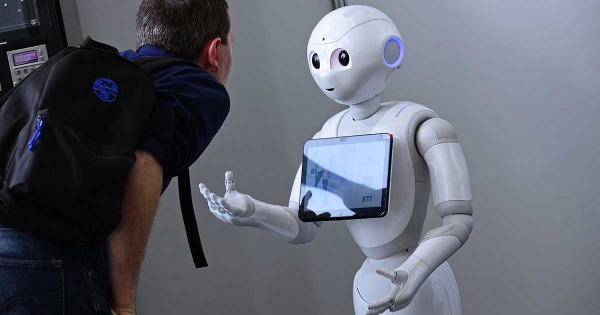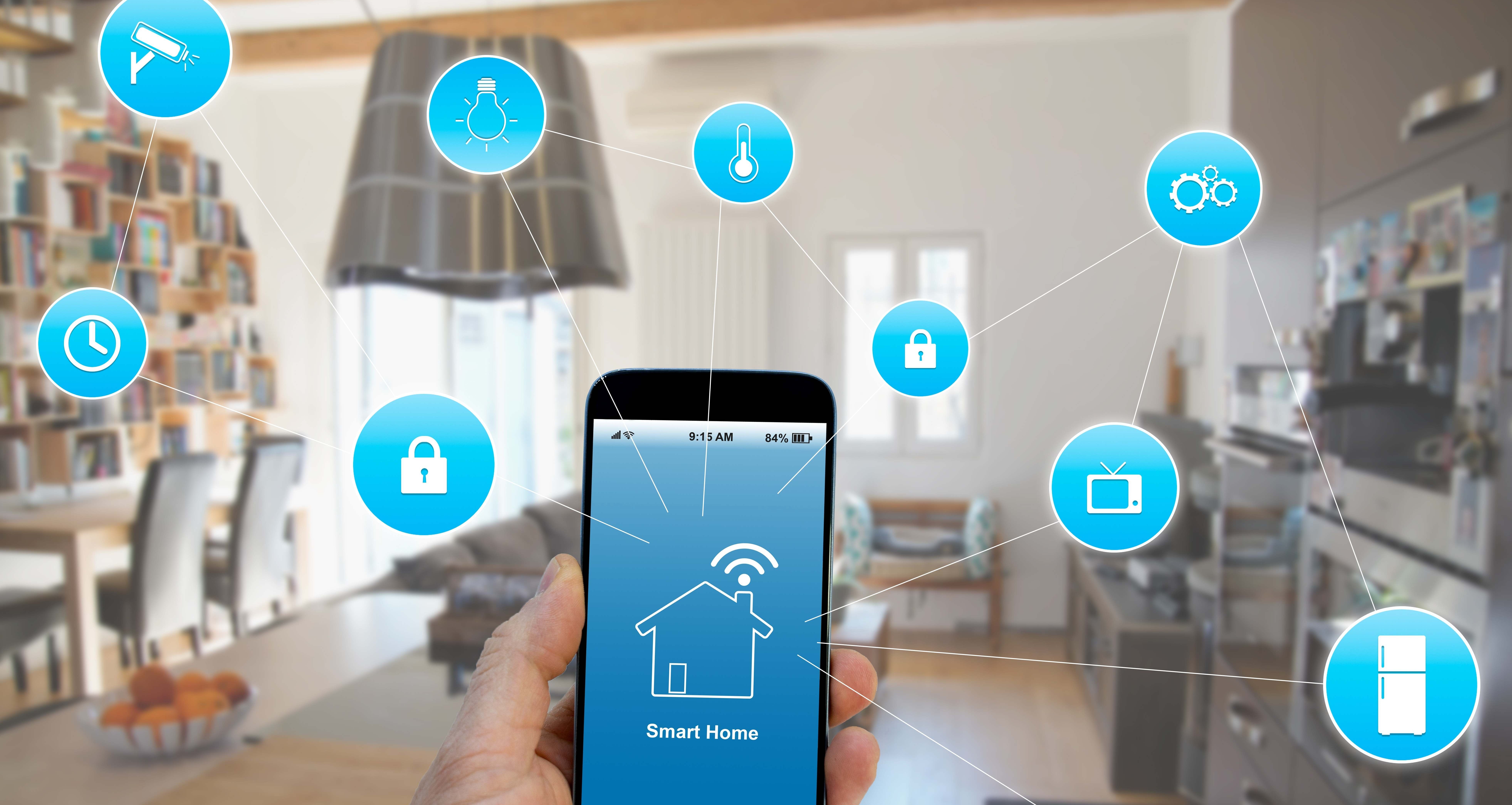The Future of Robots: Transforming Humanity
The concept of robots has evolved significantly since their early inception in science fiction. Today, robots are not only a reality but a rapidly advancing facet of modern technology. As robotics continues to mature, its potential applications span from healthcare and industry to personal assistance and beyond. The future of robots promises to redefine how humans live, work, and interact with technology.

The Evolution of Robotics
1. From Mechanized Tools to Intelligent Systems
Robots began as simple machines designed to perform repetitive tasks.
- Early industrial robots, like the Unimate in the 1960s, revolutionized manufacturing with automated assembly lines.
- Over decades, advancements in artificial intelligence (AI), machine learning, and sensors have transformed robots into intelligent systems capable of adapting to complex environments.
2. Integration of AI and Robotics
The synergy between robotics and AI has ushered in a new era.
- Robots are no longer confined to predefined tasks; they now learn, interpret data, and make decisions autonomously.
- Innovations like natural language processing enable robots to communicate and collaborate with humans seamlessly.
Revolutionary Applications of Robots
1. Healthcare and Medical Advancements
Robots are transforming healthcare delivery.
- Surgical robots, such as the da Vinci system, provide unparalleled precision in minimally invasive procedures.
- Caregiver robots assist elderly and disabled individuals with daily activities, offering companionship and support.
- Robotics in prosthetics and rehabilitation is creating highly adaptive devices that improve mobility and quality of life.
2. Industry and Automation
Automation remains one of the primary domains of robotics.
- In manufacturing, collaborative robots—or “cobots”—work alongside humans, enhancing productivity while ensuring safety.
- Logistics and warehousing rely on robotic systems to optimize inventory management and streamline supply chains.
- Autonomous vehicles and drones are reshaping transportation and delivery industries.
3. Agriculture and Sustainability
Agricultural robots are revolutionizing food production.
- Automated systems for planting, harvesting, and pest control increase efficiency and reduce resource consumption.
- Drones equipped with advanced imaging technologies monitor crop health and optimize yields.
- Robotics contributes to sustainable farming practices, mitigating environmental impact.
4. Personal Assistance and Domestic Use
The rise of personal robots offers convenience and accessibility.
- Robots like vacuum cleaners and smart home assistants simplify daily chores.
- Advanced personal assistants, such as humanoid robots, can manage schedules, provide education, and assist with mental health support.
Challenges and Ethical Considerations
1. Impact on Employment
As robots automate jobs, concerns about unemployment grow.
- Certain industries face disruption as robots replace manual labor in repetitive or dangerous roles.
- However, robotics also creates new opportunities in programming, maintenance, and design.
- Governments and organizations must focus on reskilling workers to adapt to this evolving landscape.
2. Ethical Dilemmas
The integration of robotics into daily life raises complex ethical questions.
- How do we ensure robots respect privacy and personal data?
- What accountability measures exist if a robot malfunctions or causes harm?
- Developing ethical guidelines for AI-driven robotics is crucial for responsible implementation.
3. Technological Limitations
Despite advancements, robots still face significant limitations.
- Achieving human-like dexterity, perception, and emotional intelligence remains a challenge.
- Energy efficiency and affordability are critical barriers to widespread adoption.
The Vision of Robotics in the Coming Decades
1. Collaborative Coexistence
The future envisions robots as collaborators, not competitors.
- Human-robot teams will combine creativity and precision to solve complex problems.
- Robots may assist in areas requiring specialized skills, such as disaster response or space exploration.
2. Human Augmentation
Robotics will play a role in enhancing human capabilities.
- Exoskeletons will empower individuals with physical disabilities or augment strength in industrial tasks.
- Brain-machine interfaces may enable direct communication between humans and robotic systems.
3. Integration into Society
As robots become more sophisticated, their integration into society will deepen.
- Social robots designed for companionship and caregiving will become commonplace.
- Public infrastructure, such as autonomous public transport, will rely heavily on robotic systems.
Preparing for a Robotic Future
1. Education and Workforce Adaptation
To thrive in a robot-driven future, societies must adapt.
- Education systems should emphasize STEM fields, particularly robotics, AI, and coding.
- Embracing lifelong learning ensures individuals can adapt to technological changes.
2. Ethical Frameworks and Regulation
Governments, researchers, and corporations must collaborate to create ethical and legal frameworks.
- Regulations should ensure safety, fairness, and accountability in robotics.
- Policies addressing data security and privacy will protect individuals from potential misuse.
3. Fostering Innovation
Investment in research and development is vital for the continued evolution of robotics.
- Public and private sectors must work together to fund groundbreaking projects.
- Encouraging cross-disciplinary collaboration will lead to innovations that benefit all of humanity.
Conclusion
The future of robots is both exciting and transformative. With advancements in AI and robotics, the possibilities for improving industries, healthcare, and daily life are boundless. However, this progress must be tempered with ethical foresight and a commitment to addressing societal challenges. By embracing innovation responsibly, humanity can ensure that the robotic revolution leads to a harmonious and prosperous future for all.

